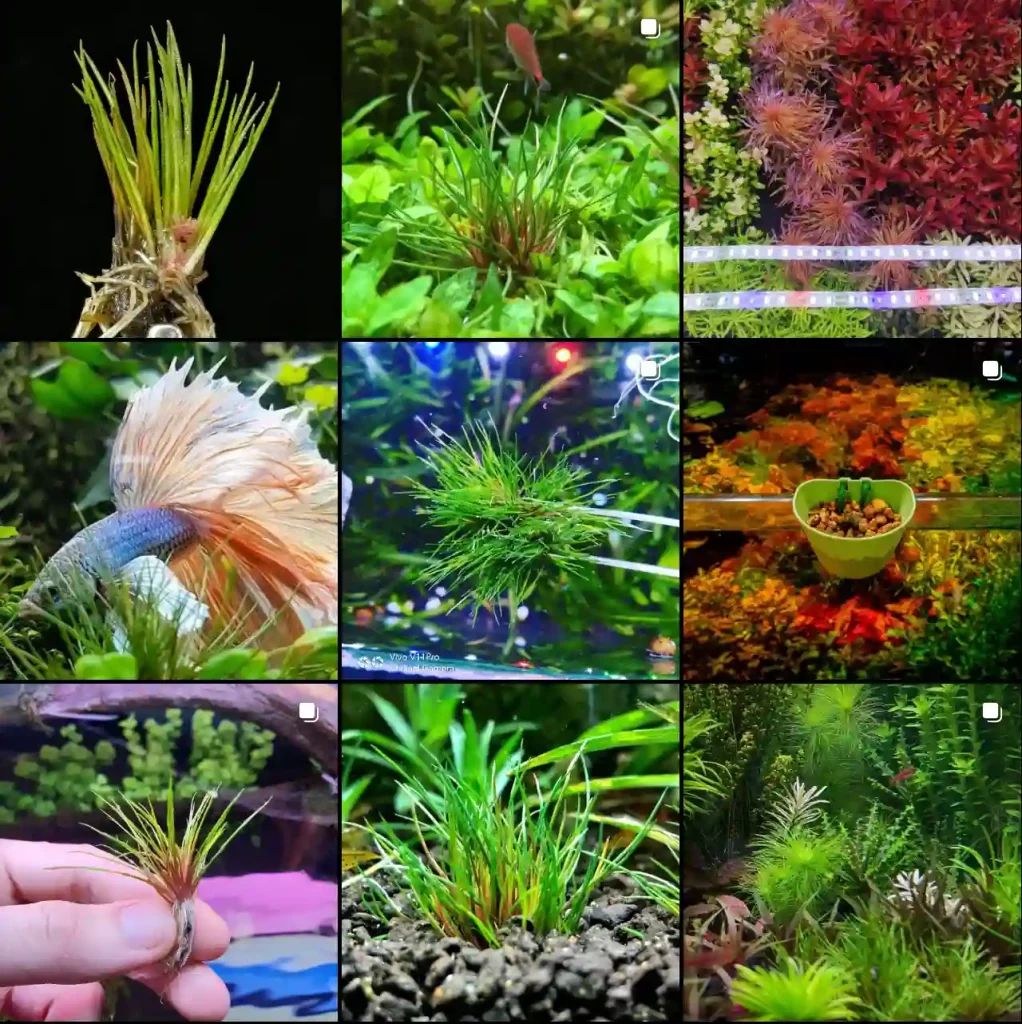
Phlox David: A Fragrant White Delight in Your Garden
Phlox David has become a mainstay in my garden. Its clean, white blooms and delightful fragrance announce the arrival of late summer in a way that few other plants can. But beyond its beauty, Phlox David is a remarkably easy-going perennial that rewards minimal effort with a riot of color.
Over the years, I’ve learned the best ways to cultivate this phlox variety, and I’m here to share my experience. Whether you’re a seasoned gardener or just starting out, Phlox David is a fantastic choice for adding a touch of elegance and fragrance to your landscape.
70 Species in Genus Phlox
Can Phlox David Be Cut Shorter Before Bloom?
The answer is yes, with a caveat. Phlox David forms its flower buds on the new growth it produces each spring. If you cut the plant back too early in the season, you’ll be removing those precious buds and sacrificing some of the flower display.
However, there are a couple of scenarios where a light pruning before bloom can be beneficial. If your Phlox David is looking a bit leggy or uneven, you can give it a haircut about six weeks before it typically blooms (usually in mid-to-late summer). Aim to remove no more than a third of the plant’s height. This will encourage bushier growth and potentially a more abundant flower display.
Does Phlox David Come in Any Other Color Besides White?
While Phlox David is prized for its pristine white blooms, the good news is that the Phlox paniculata species, to which David belongs, offers a wide range of colors. You can find varieties in shades of pink, purple, lavender, and even red. So, if white isn’t your thing, there’s a good chance you’ll find a Phlox paniculata cultivar that suits your taste.
How to Grow Phlox David?
Growing Phlox David is a breeze. Here’s what you need to know:
- Light: Phlox David thrives in full sun, receiving at least 6-8 hours of direct sunlight daily. However, it can tolerate some afternoon shade in hotter climates.
- Soil: Well-drained, fertile soil is key. Amend your planting site with compost or aged manure if needed to improve drainage and fertility.
- Watering: Water your Phlox David regularly, especially during hot and dry periods. Aim to keep the soil consistently moist but not soggy.
- Fertilizing: A light application of balanced fertilizer in early spring can encourage healthy growth and flowering.
How to Propagate Phlox David?
There are two main ways to propagate Phlox David: division and stem cuttings.
- Division: The best time to divide Phlox David is in early spring before new growth emerges. Carefully dig up the mature plant and use a sharp knife to divide it into sections, each with healthy roots and shoots. Replant the divisions in prepared soil.
- Stem Cuttings: Take stem cuttings in late spring or early summer. Choose non-flowering stems and cut them just below a node. Remove the lower leaves and dip the cut end in rooting hormone. Plant the cuttings in a pot filled with moist potting mix and keep them in a warm, humid location until roots develop.
Is a Garden David Phlox a Perennial or Annual?
The good news for gardeners like myself is that Phlox David is a perennial. Once established, it will return year after year, rewarding you with its fragrant blooms season after season.
Is David Phlox Invasive?
Phlox David is not considered invasive. It tends to be well-behaved and stays within the boundaries of where you plant it. However, it can self-seed occasionally. If you don’t want unwanted Phlox David popping up in your garden, deadhead the flowers regularly to prevent seed formation.
When to Prune Phlox Paniculata David?
The ideal time to prune Phlox David is in late fall or early spring. Once the flowers have faded, you can cut the stems back to about half their height. This will remove any dead or diseased foliage and encourage bushier growth the following season.
Where to Buy David Tall Phlox?
Phlox David is a popular variety and can be found at most garden centers and online retailers that sell perennials. Look for well-established plants with healthy foliage.
With its easy-going nature and stunning blooms, Phlox David is a surefire way to add a touch of summer magic to your garden. So why not give it a try? You won’t be disappointed.
If i die, water my plants!



